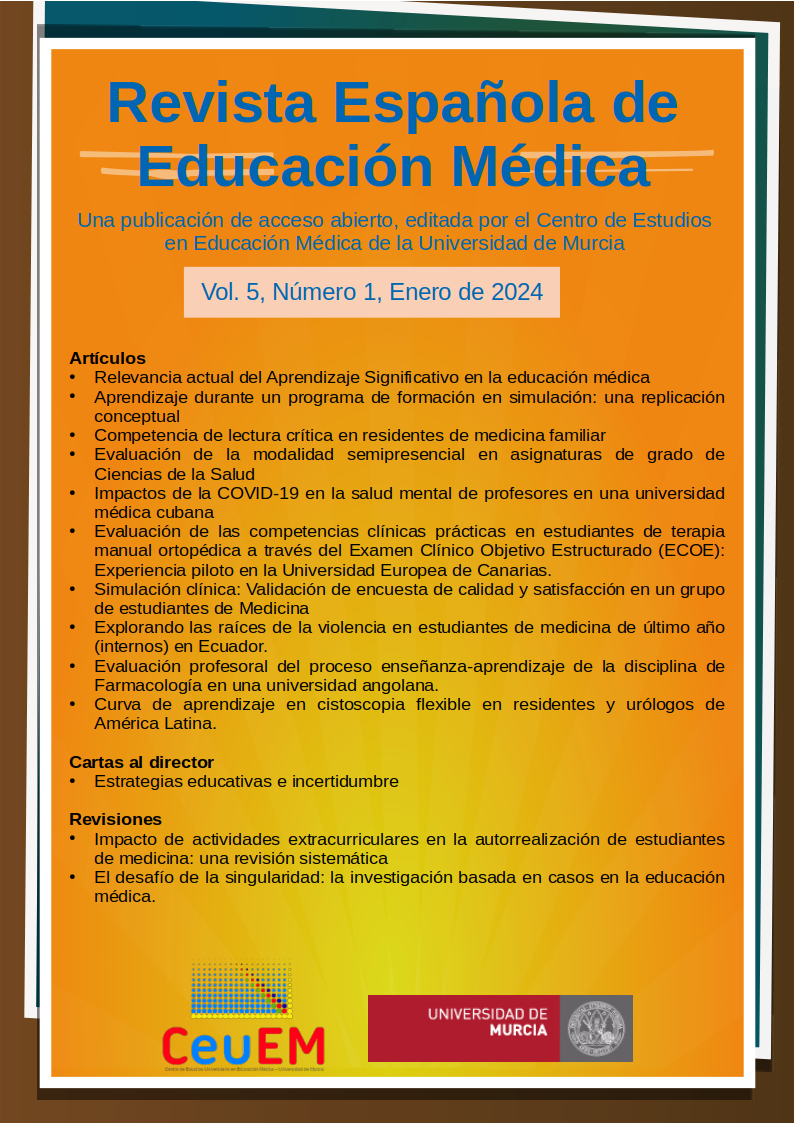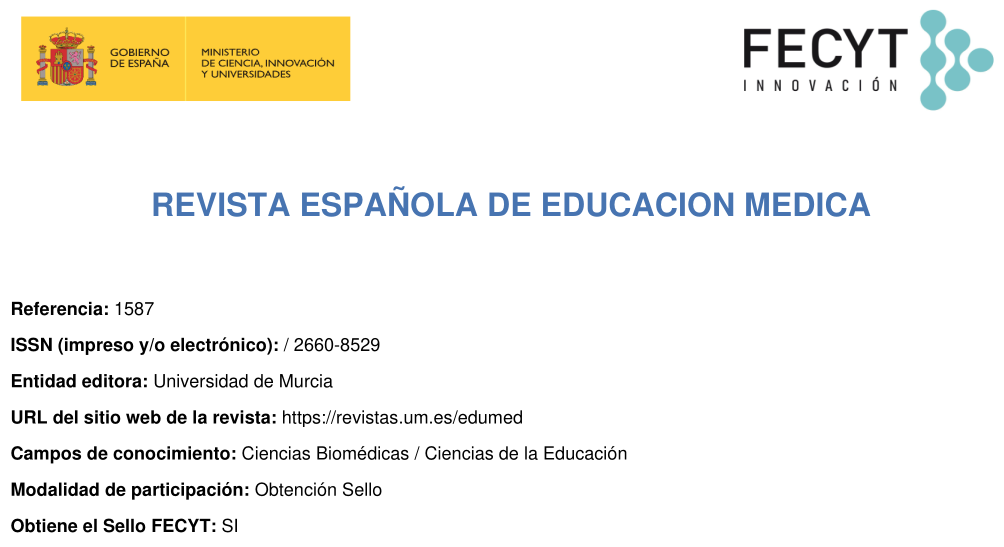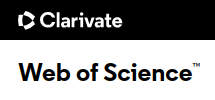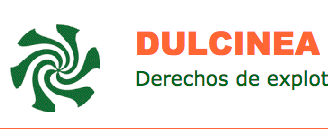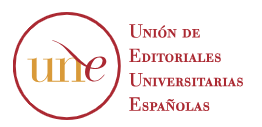Learning Curve in Flexible Cystoscopy among Residents and Urologists in Latin America.
Abstract
Cystoscopy is essential in urology to diagnose bladder pathologies, especially cancer. Flexible cystoscopy offers certain advantages such as in-office availability. Learning this technique requires varying degrees of endoscopic skill. It is often assumed that procedural competence is achieved in the early years of urological training or within a limited number of procedures. Our objective in the present work was to know the learning curve in this technique among urologists in Latin America. For the study, a survey was conducted among urologists in Latin America, asking if they had received training during their residency and what their learning curve had been like. 83 colleagues participated in the study, including residents, recently graduated urologists and those with more than one year of experience. 70% felt competent to perform cystoscopies without supervision. 57% received training at their residence center. Regarding the learning curve, 86% of respondents reported self-perception of competence among the first 15 cystoscopies. The study included residents, urologists with more than one year of experience, and recent graduates. The availability of flexible cystoscopy during residency was higher for residents (77%) compared to experienced urologists. Most felt competent within 6-10 procedures. In the analysis of residency training, 74% of residents received it. When residents, recently graduated urologists and those with more than one year of experience are analyzed separately, generational differences are observed. Flexible cystoscopy is more common in new generations and training is also more widespread in them. The learning curve is short, with 86% achieving proficiency in 15 procedures.
Downloads
Metrics
-
Abstract371
-
pdf (Español (España))362
-
pdf362
References
Cicione A, Cantiello F, Damiano R. Cystoscopy in Non-Muscle-Invasive Bladder Cancer: When and how (Rigid or Flexible). Urologia Journal. 2013;80(21_suppl):11-15. doi:10.5301/RU.2013.10858
Shah J, Darzi A. Validation of a flexible cystoscopy course. BJU Int. 2002; 90(9):833–5, doi:10.1046/j.1464-4096.2002.03089.x
Seklehner S, Remzi M, Fajkovic H, et al. Prospective multi-institutional study analyzing pain perception of flexible and rigid cystoscopy in men. Urology. 2015;85(4):737-741. doi:10.1016/j.urology.2015.01.007
MacKenzie KR, Aning J. Defining competency in flexible cystoscopy: a novel approach using cumulative Sum analysis [published correction appears in BMC Urol. 2016;16(1):57]. BMC Urol. 2016;16(1):31. Published 2016 Jun 13. doi:10.1186/s12894-016-0143-9
Schout BM, Muijtjens AM, Hendrikx AJ, et al. Acquisition of flexible cystoscopy skills on a virtual reality simulator by experts and novices. BJU Int. 2010;105(2):234-239. doi:10.1111/j.1464-410X.2009.08733.x
Bagnall P, Baker H, German A, Gregor N, Hardingham E, Kilburn K, et al. Cap 12, edited by BAUS and BAUN, Flexible Cystoscopy Performance Criteria, Training and Assessment Record, 2012, pag 18.
Llorente-Ortega M, Polo R, Chiva S, et al. The development and validation of a new simulator for endourology. Actas Urol Esp (Engl Ed). 2023;47(4):236-243. doi:10.1016/j.acuroe.2023.01.004
Bube S, Dagnaes-Hansen J, Mahmood O, et al. Simulation-based training for flexible cystoscopy - A randomized trial comparing two approaches. Heliyon. 2020;6(1):e03086. Published 2020 Jan 3. doi:10.1016/j.heliyon.2019.e03086
Cantillon-Murphy P, Jaeger HA, Donovan M, et al. A Novel Simulated Training Platform and Study of Performance Among Different Levels of Learners in Flexible Cystoscopy. Simul Healthc. 2020;15(3):214-220. doi:10.1097/SIH.0000000000000430
Kavoussi LR, Clayman RV. Office flexible cystoscopy. Urol Clin North Am. 1988;15(4):601-608. https://pubmed.ncbi.nlm.nih.gov/3055614/
Vallancien G, Veillon B, Brisset JM. Technique de la cystoscopie flexible [Technic of flexible cystoscopy]. Ann Urol (Paris). 1986;20(4):257-259. https://pubmed.ncbi.nlm.nih.gov/3740804/
Brunckhorst O, Volpe A, van der Poel H, Mottrie A, Ahmed K. Training, Simulation, the Learning Curve, and How to Reduce Complications in Urology. Eur Urol Focus. 2016;2(1):10-18. doi:10.1016/j.euf.2016.02.004
Copyright (c) 2023 Servicio de Publicaciones de la Universidad de Murcia

This work is licensed under a Creative Commons Attribution-NonCommercial-NoDerivatives 4.0 International License.
The works published in this magazine are subject to the following terms:
1. The Publications Service of the University of Murcia (the publisher) preserves the economic rights (copyright) of the published works and favors and allows them to be reused under the use license indicated in point 2.
2. The works are published under a Creative Commons Attribution-NonCommercial-NoDerivative 4.0 license.
3. Self-archiving conditions. Authors are allowed and encouraged to disseminate electronically the pre-print versions (version before being evaluated and sent to the journal) and / or post-print (version evaluated and accepted for publication) of their works before publication , since it favors its circulation and earlier diffusion and with it a possible increase in its citation and reach among the academic community.

